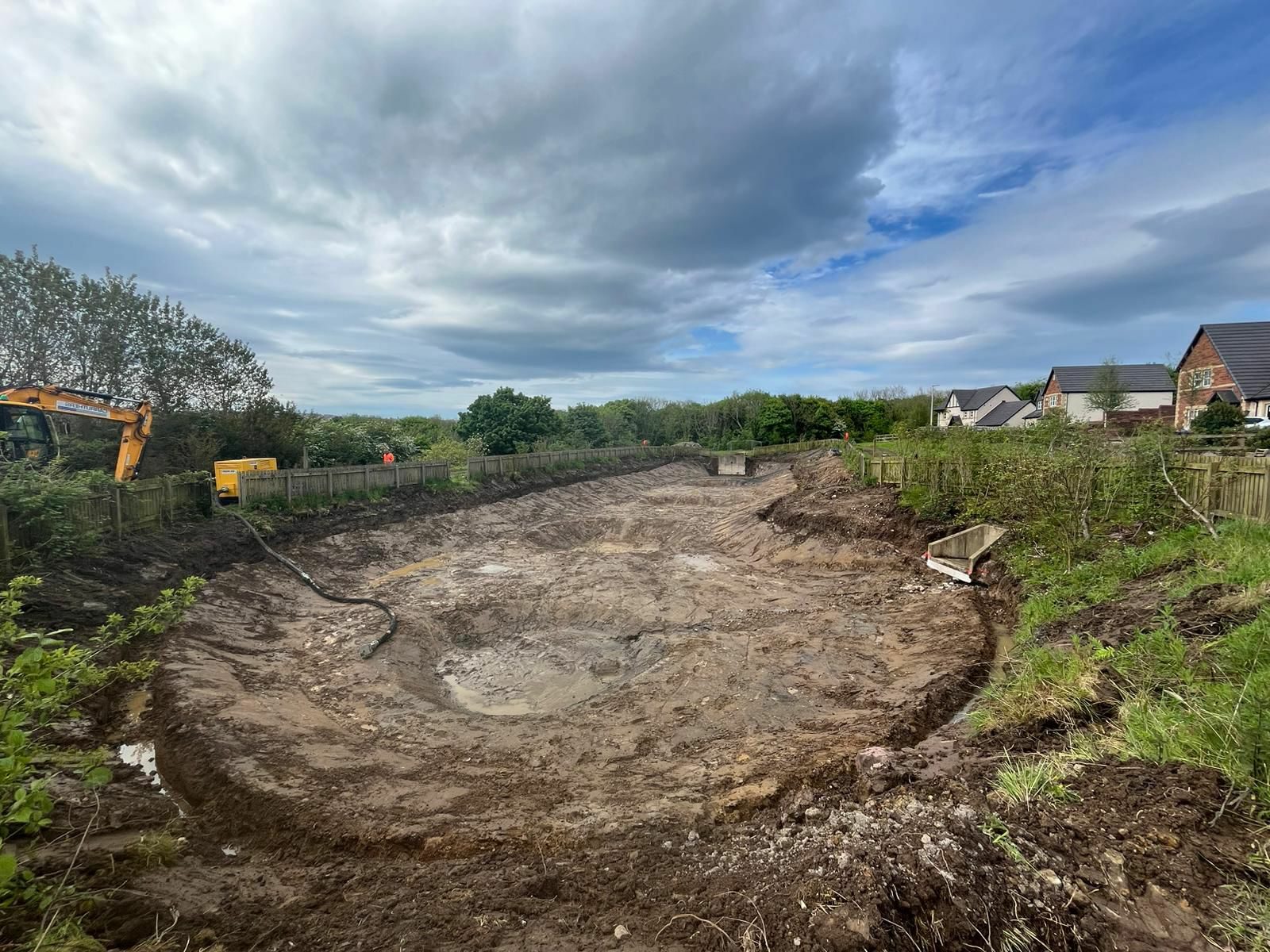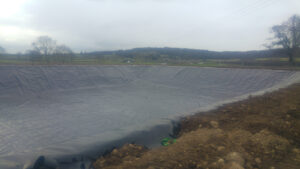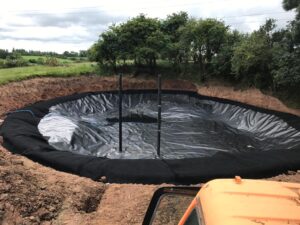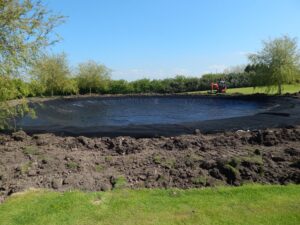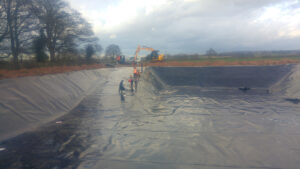Attenuation ponds play a crucial role in managing stormwater runoff, reducing flood risks and improving water quality. However, the success of these systems depends heavily on professional installation. Understanding the step-by-step process that attenuation pond installers follow—from excavation to lining—helps you appreciate the expertise required and ensures your project’s smooth execution. This guide details how expert installers carry out each phase with precision, delivering reliable and effective attenuation ponds.
Site Assessment and Preparation
The installation process begins with a thorough site assessment. Skilled attenuation pond installers evaluate soil conditions, topography, drainage patterns and environmental factors to determine the optimal pond location and design. This step is critical for ensuring the pond will function correctly and comply with local regulations and Sustainable Drainage Systems (SuDS) standards. Following the assessment, the site is prepared by clearing vegetation and any debris. Proper preparation guarantees safe access for machinery and prevents future operational issues.
Precise Excavation for Optimal Pond Shape and Size
Excavation forms the physical foundation of the attenuation pond. Using heavy machinery, installers carefully dig the pond to the predetermined depth and dimensions based on design specifications. Precision during excavation is vital to ensure the pond can store the required volume of stormwater and manage peak flows efficiently. Installers continuously monitor soil stability and surrounding structures during excavation to prevent collapse or damage. They may also install temporary supports or dewatering systems if groundwater poses a challenge.
Installation of Inlet and Outlet Structures
Once excavation is complete, installers focus on constructing the inlet and outlet structures. These components control the flow of water into and out of the pond. The inlet structure is designed to direct stormwater runoff safely into the attenuation pond, minimising erosion or sediment disturbance. The outlet structure is equally important, regulating the gradual release of stored water back into the drainage system or natural watercourse. By controlling flow rates, these structures reduce flooding risks downstream and help meet SuDS requirements.
Pond Lining to Prevent Leakage
A crucial step in attenuation pond installation is lining the excavated area. The lining prevents seepage, ensuring the pond retains stormwater until controlled release. Installers select appropriate lining materials such as impermeable geomembranes, clay or concrete based on site conditions and environmental considerations. The lining is carefully installed, overlapping seams and securing edges to avoid leaks. Attention to detail during this phase is essential to protect groundwater quality and maintain pond integrity over time.
Backfilling and Structural Support
After lining, installers backfill around the pond edges with suitable materials to provide structural stability. This process reinforces the pond’s shape and protects the lining from damage due to external pressure or shifting soil. Proper backfilling also helps integrate the pond into the surrounding landscape, preparing it for any planned surface treatments or vegetation.
Surface Finishing and Landscaping
To enhance both function and aesthetics, attenuation pond installers complete surface finishing and landscaping around the pond. This can include planting native vegetation to support biodiversity, installing erosion control measures or creating natural filtration zones. These features not only improve water quality but also contribute to local ecological health and visual appeal, aligning with green infrastructure objectives.
Testing, Commissioning and Handover
Before the project concludes, the attenuation pond undergoes rigorous testing to verify its performance. Installers inspect inlet and outlet structures, check for leaks and simulate water flow to ensure the system operates as designed. Once testing confirms functionality, the pond is officially commissioned and handed over to the client, often with maintenance guidelines to ensure long-term effectiveness.
Trust the Experts for Attenuation Pond Installation Success
From excavation to lining and beyond, professional attenuation pond installers follow a meticulous process to deliver safe, efficient and compliant stormwater management solutions. Their expertise ensures that your attenuation pond meets environmental regulations, supports flood prevention and enhances local water quality. Choosing skilled installers guarantees peace of mind and a resilient infrastructure asset that serves your property and community for years to come.
For further information or to discuss project requirements, please contact Enviroseal at 01695 228 626 or enquiries@enviroseal.co.uk.

